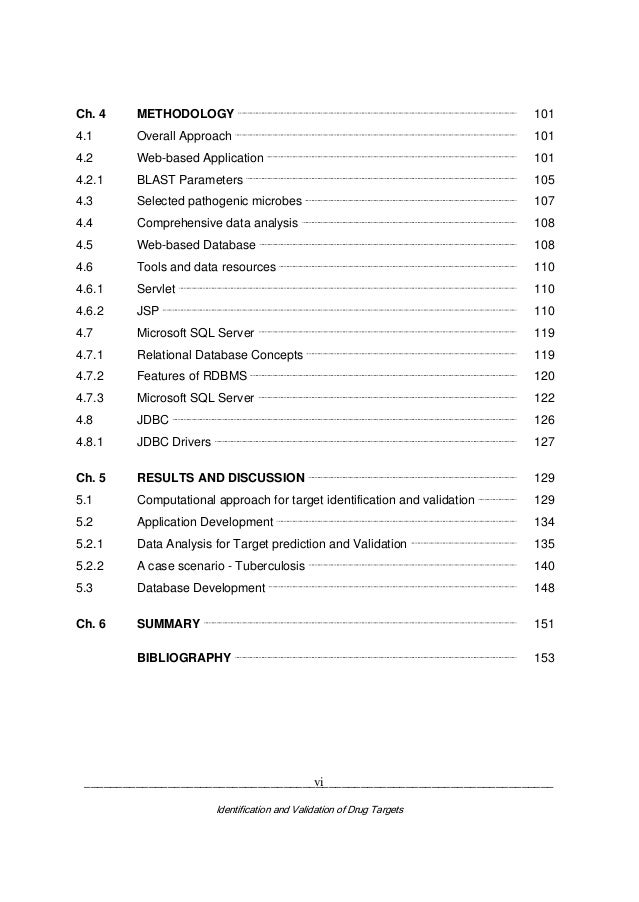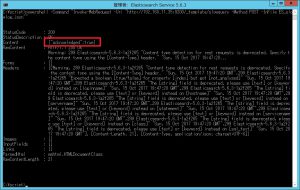

If you are using named instances with dynamic ports, do not specify a port when providing Collaborator your SQL Server connection information. In this situation, you might have trouble finding the port upon which your database is running and could see errors when trying to connect to your database with Collaborator. This means, every time SQL Server is restarted, it will search for available ports and assign one to your database. By default, named instances use dynamic ports. If you are using SQL Server with named instances, it is important to know your port configuration. The account that you specify must have sufficient privileges on the machine, where the service is running (for instance, file system privileges for folder creation to allow the service create temporary subfolders in the Collaborator server installation folder).

#MICROSOFT JDBC DRIVER 6.2 FOR SQL SERVER PASSWORD#
Select This account and then specify the name and password for the account you want the Collaborator service to operate. Right-click on ccollab-server, and select Properties from the context menu. On your Collaborator server computer, from the Control Panel > System and Security > Administrative Tools, open Services.įind ccollab-server in the service list and stop the service. To handle this situation, you can either grant your Local System account permissions to your database server, or edit the account the Collaborator service is using. If you are using SQL Server authentication rather Windows-based authentication, the local system account must have the permissions necessary to communicate with the database.Īn error like Error: Login failed for user 'domain\user$' indicates that the local system account does not have these permissions.

See Configure Database above.īy default, when Collaborator is installed, the service runs under the Local System account. error, you probably need to enable TCP/IP for your database. If you get the The TCP/IP connection to the host has failed. Clear the TCP Dynamic Ports check box and specify the desired port number in TCP Port. To use a static port instead, open the TCP/IP settings and change the IPAll setting value. Make sure TCP/IP is enabled.īy default, SQL Server is configured to use dynamic ports, which means that the port used is changed each time the service is restarted. To enable it, open the SQL Server Configuration Manager and navigate to Network Configuration > Protocols. By default, in SQL Server this protocol is disabled. If you decide to use Windows-based authentication, you may need to change the Collaborator settings – see below.Ĭollaborator uses the TCP/IP protocol for data exchange. SQL Server uses its native authentication by default, so no additional actions will be required. We recommend using a native SQL Server account authentication instead of Windows-based authentication, because the Collaborator service might not be running under a normal Windows-based login. It is recommended that you create a user account just for Collaborator and give this account at a minimum db_owner permissions to Collaborator database and no access to other databases. When creating the database, be sure to select a case insensitive collation so that the case of column names (and user names and text searches) does not matter. When you log in to the Collaborator web client for the first time after installation, it detects that you have a new database and will create all tables, indexes, and views for you automatically. The wizard will report any connectivity errors. When installing Collaborator on a server, the installation wizard will prompt for the SQL Server host name, TCP/IP port number, the database name, user name, password and path to JDBC driver. You can do this, for example, in SQL Server Management Studio. You need to create an empty database for Collaborator.


 0 kommentar(er)
0 kommentar(er)
